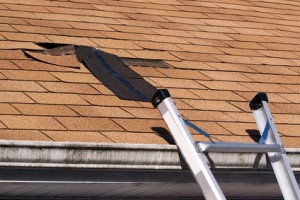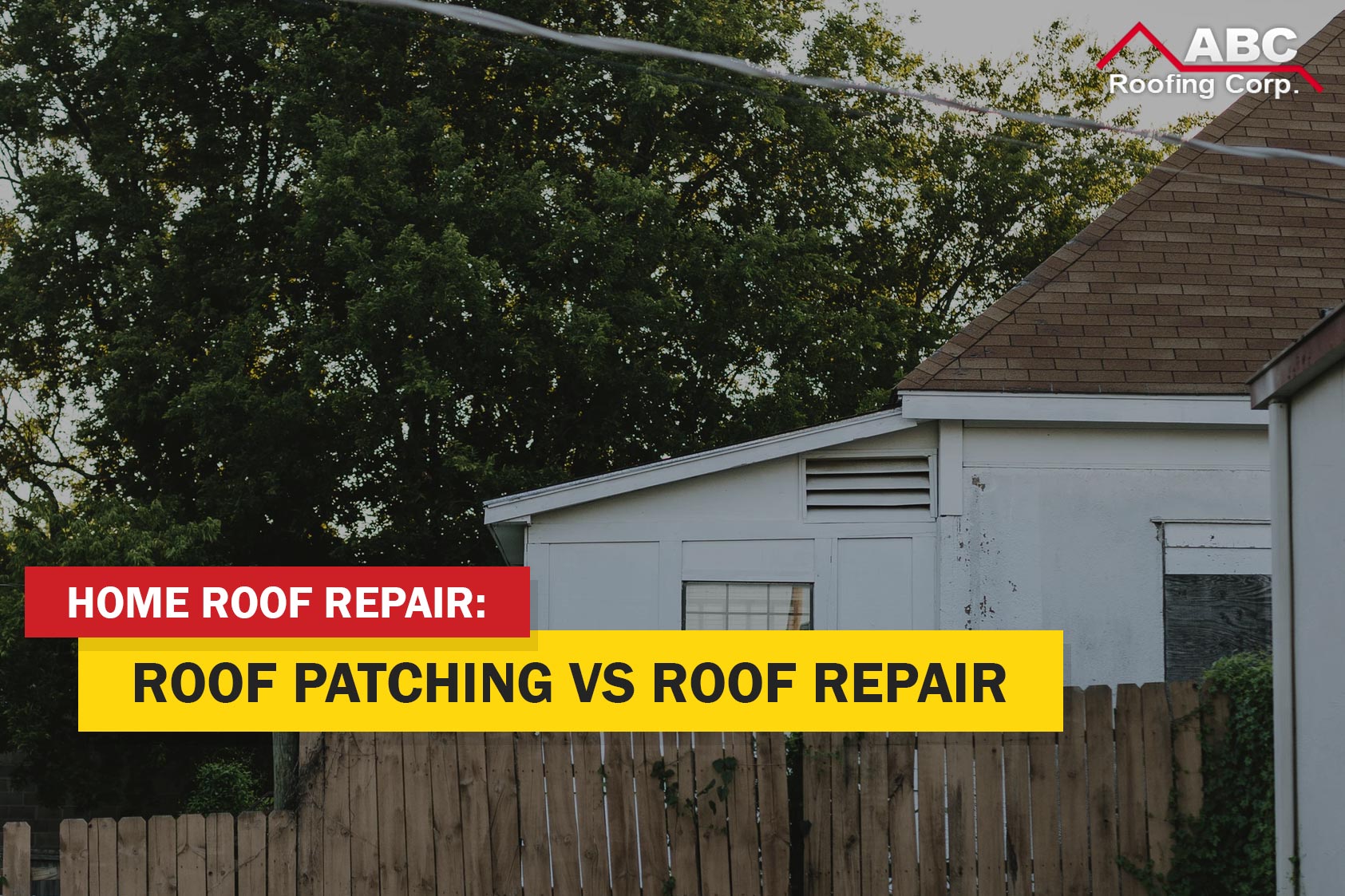Roofers Oahu: Knowledgeable Service Providers for Roof Installations and Fixes
Roofers Oahu: Knowledgeable Service Providers for Roof Installations and Fixes
Blog Article
Comprehending the Different Kinds Of Roofs: A Comprehensive Guide for Homeowners
In the realm of homeownership, picking the appropriate roof covering style is a choice that brings considerable effects for both functionality and visual allure. With a variety of alternatives-- varying from the standard gable to the modern flat-- each type presents distinct benefits and difficulties that ought to line up with the property owner's environmental factors to consider and details requirements. Understanding these differences not only aids in making an informed choice however also affects lasting upkeep and energy efficiency. As we explore the details of numerous roofing system kinds, it comes to be apparent that one size does not fit all; the appropriate option might shock you.
Saddleback Roof
Saddleback roofs, characterized by their triangular shape, are among one of the most preferred roof designs because of their simpleness and performance in losing water and snow. This layout features two sloping sides that meet at a ridge, enabling efficient water drainage and reducing the risk of water build-up. The high pitch commonly connected with gable roofings enhances their capacity to take care of hefty rainfall, making them appropriate for different climates.
Along with their functional benefits, saddleback roofs offer visual flexibility. They can be adapted to various architectural styles, from conventional to modern-day homes. The layout can additionally suit added attributes such as dormer home windows, which enhance natural light and ventilation in the attic room room.
Furthermore, saddleback roofs provide adequate room for insulation, adding to power efficiency. Homeowners can pick from a selection of roof covering products, including asphalt tiles, metal, and tiles, further improving personalization options.
In spite of their benefits, saddleback roofs may call for added assistance in areas susceptible to high winds or heavy snowfall. On the whole, the gable roofing system continues to be a popular selection due to its blend of capability, durability, and aesthetic appeal.
Apartment Roofs
Level roofings are often recognized for their minimalist layout and sensible applications, specifically in commercial and commercial setups (oahu roofing). These roofing systems feature a virtually horizontal or horizontal surface, which permits simple building and versatile space application. While they might do not have the visual allure of angled roofs, flat roof coverings supply countless advantages, particularly in urban environments where making best use of room is important
One of the main benefits of level roof coverings is their ease of access. Homeowners can use the roof space for numerous purposes, such as rooftop yards, balconies, or solar panel setups. In addition, flat roof coverings are usually much more economical to keep and set up compared to their sloped equivalents, as they require less materials and labor.
Nevertheless, level roofs do present particular challenges. Proper drain is important to prevent water merging, which can cause leakages and architectural damage. Hence, choosing top notch waterproofing products and regular evaluations are important for making sure long life. Common materials made use of for flat roof coverings include built-up roof (BUR), customized bitumen, and single-ply membrane layers, each offering distinct advantages. Generally, flat roofing systems act as a adaptable and useful selection for several home owners and organizations alike.
Hip Roofing Systems
Hip roofings are identified by their sloped sides that assemble on top, developing a ridge. This layout stands out from gable roofings, as all 4 sides of a hip roofing system slope downwards toward the wall surfaces, giving an extra secure structure. The angle of the slopes can vary, enabling for convenience in architectural aesthetic appeals and functionality.
Among the key advantages of hip roof coverings is their ability to stand up to heavy winds and negative climate problems. The sloped surfaces make it possible for much better water drain, lowering the threat of leaks and water damages. Furthermore, hip roofings provide boosted attic room area, which can be made use of for storage space or perhaps transformed right into livable areas.
Nonetheless, constructing a hip roofing can be much more complicated and pricey than simpler roof types, such as gable roofing systems. The additional material and labor entailed in developing the inclines and guaranteeing proper structural honesty can bring about greater expenditures. In spite of these downsides, many home owners favor hip roofing systems for their toughness, aesthetic charm, and possibility for power effectiveness.
Mansard Roofing Systems
Mansard roofings, frequently acknowledged by their distinct four-sided design, function two slopes on each side, with the reduced incline being steeper than site here the top. This architectural design, stemming from France in the 17th century, is not just cosmetically attractive yet practical, as it maximizes the usable space in the top floors of a building. The high lower incline permits even more headroom, making it a suitable choice for attics or lofts, which can be exchanged living spaces.
Mansard roofing systems are characterized by their adaptability, accommodating various architectural designs, from conventional to contemporary. They can be created with different products, including asphalt shingles, slate, or steel, offering house owners with a series of alternatives to fit their choices and budget plans. Furthermore, the style permits the combination of dormer home windows, boosting all-natural light and ventilation in the top degrees.
Nonetheless, it is important to take into consideration the potential disadvantages. Mansard roofs might need more maintenance as a result of the intricacy of their layout, and their high inclines can be testing for snow and rainfall runoff. In general, mansard roofing systems incorporate elegance with functionality, making them a preferred choice among property owners seeking distinctive building attributes.
Shed Roofs
As homeowners increasingly seek simplicity and capability in their architectural styles, dropped roofs have become a popular selection. Defined by a single sloping plane, a shed roof offers a minimalist visual that enhances various home designs, from modern to rustic.
Among the key benefits of a shed roofing is its straightforward building, which usually converts to reduce labor and material costs. This layout permits for efficient water drainage, reducing the threat of leakages and water damages. Furthermore, the upright slope gives ample area for skylights, enhancing natural light within the interior.
Lost roofs likewise provide adaptability in terms of usage. They can be effectively integrated right into additions, garages, or exterior structures like sheds and pavilions. Moreover, this roof covering design can accommodate various roof materials, consisting of steel, asphalt tiles, or even eco-friendly roofing systems, aligning with environment-friendly initiatives.
Nonetheless, it is important to think about local climate conditions, as hefty snow loads may require changes to the roof's angle or framework. In general, dropped roofing systems present a functional and cosmetically pleasing alternative for property owners seeking to make best use of capability without endangering design.
Conclusion


Gable roofings, identified by their triangular form, are among the most official statement prominent roofing styles due to their simpleness and effectiveness in shedding water and snow. oahu roofing. The steep pitch commonly associated with gable roof coverings improves their capacity to take care of heavy rainfall, making them appropriate for various climates
While they may lack the visual charm of pitched roofings, flat roofs supply numerous advantages, particularly in metropolitan settings where optimizing area is crucial.

Report this page